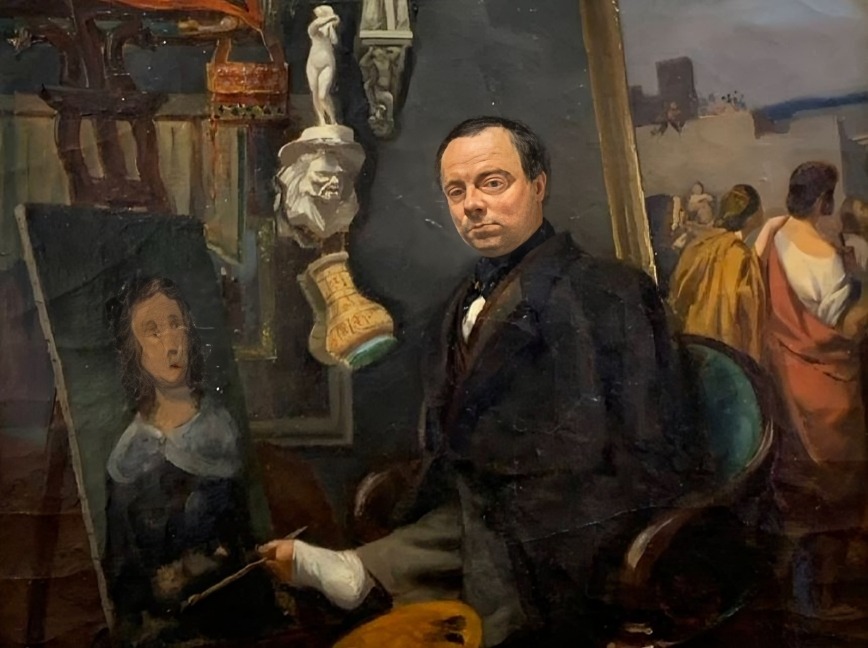On January 10, 2024, Google commemorated the 218th birthday of Louis Joseph César Ducornet with a dedicated Doodle, bringing global attention to this remarkable 19th-century French painter. He was born without arms or a left leg, Ducornet overcame significant physical challenges to create intricate artworks using only the toes of his right foot.
Early Life and Discovery of Talent
He was born on January 10, 1806, in Lille, France, Ducornet entered the world with phocomelia, a rare congenital condition resulting in limb malformations. Lacking arms and a left leg, he relied on his father for mobility during his childhood. Despite these challenges, Ducornet’s artistic inclination emerged early. He began using his right foot to pick up pieces of charcoal, sketching on walls and floors, which marked the beginning of his lifelong passion for art.
Artistic Education and Development
Recognizing his potential, local authorities in Lille facilitated Ducornet’s move to Paris in 1824 to study under esteemed artists such as Guillaume Guillon-Lethière, François Louis Joseph Watteau, and François Gérard. During King Charles X’s reign, Ducornet received an annual pension of 1,200 francs, enabling him to focus on his art without financial strain. His disability precluded participation in competitions like the Prix de Rome, but he earned several medals at the Salon, Paris’s prestigious art exhibition.
Notable Works and Themes
Ducornet specialized in biblical and historical scenes, as well as portraits. His 1828 painting “Repentance” and “The Parting of Hector and Andromaque,” housed in the Lille Museum, exemplify his early work. In 1840, he created an eleven-foot-high depiction of Mary Magdalene at the feet of Jesus after the resurrection, which the French government purchased, underscoring his national recognition. His self-portrait, illustrating him painting with his foot, remains one of his most celebrated pieces, symbolizing his determination and skill.
Legacy and Recognition
Ducornet’s life and work continue to inspire, highlighting the triumph of human spirit over physical limitations. His paintings are displayed in various French museums, including the Palais des Beaux-Arts de Lille and the Église Saint-André de Lille. On January 10, 2024, Google honored him with a Doodle, celebrating his contributions to art and his extraordinary life story.
